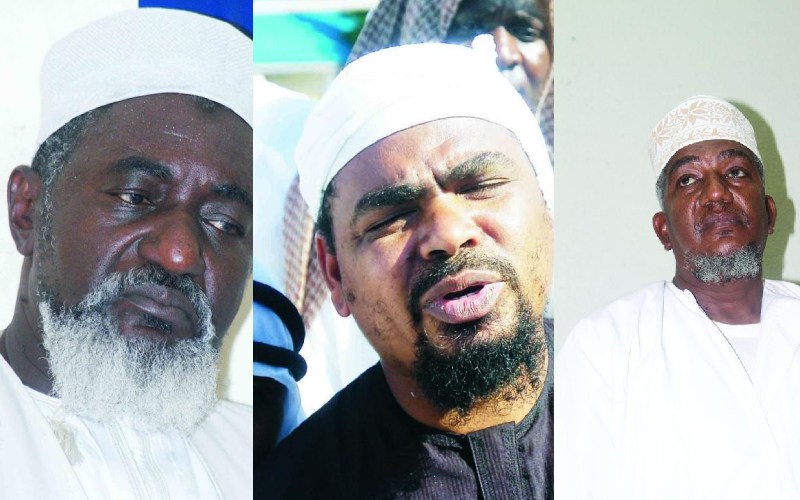×
The Standard e-Paper
Home To Bold Columnists

Events of 1990, the year Sheikh Aboud Rogo led radical clerics out of the Islamic Party of Kenya (IPK) and 2012 when an assassin ended his life, appear to have set Coast to its dark years of killings.
Before Sheikh Rogo shot into the limelight, however, reports indicate that most killings of the 1990s at Coast were linked to the drug trade.